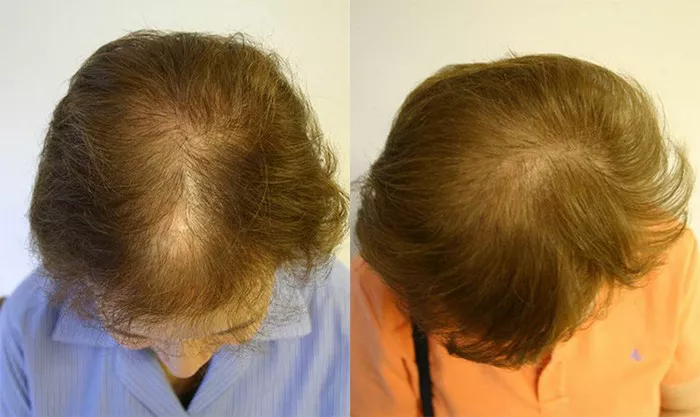For those considering a hair transplant, one of the most pressing questions is often related to the timeline for seeing visible results. Understanding the journey from the surgery room to a fuller head of hair is crucial for managing expectations. In this article, we will delve into the various stages of postoperative development, highlighting the factors that influence how long it takes for hair transplant results to become apparent.
Immediate Postoperative Period: Patience is Key
After undergoing a hair transplant procedure, it’s crucial to recognize that visible results will not be instantaneous. In the immediate postoperative period, patients may experience redness, swelling, and scabbing in the treated areas. This is a natural part of the healing process, and it’s essential to be patient during this initial phase. The transplanted hair grafts need time to settle into their new environment before they can start growing.
The First Few Weeks: Shedding and Dormancy
In the first few weeks following a hair transplant, it’s not uncommon for the transplanted hairs to shed. This process, known as shock loss, is a temporary phase where the newly implanted hair follicles enter a dormant state. While this shedding might be disconcerting, it is a normal part of the hair growth cycle. Patients should be aware that this shedding does not indicate the failure of the transplant; rather, it is a natural step in the regrowth process.
Months 2-3: Signs of Regrowth
Around two to three months post-surgery, patients typically begin to notice the first signs of hair regrowth. Initially, the new hairs may appear fine and thin, but this is part of the normal progression. Patience remains crucial during this period, as the transplanted hairs gradually gain strength and thickness over the coming months.
Months 4-6: Noticeable Improvement
As the fourth to sixth month approaches, many patients experience a more noticeable improvement in the thickness and density of their hair. The transplanted follicles continue to mature, and the texture of the hair becomes more natural. During this stage, individuals often find that the visual impact of the transplant becomes increasingly apparent.
Months 6-9: Continued Progress
Between the sixth and ninth month post-transplant, patients typically continue to witness steady progress in their hair regrowth. The transplanted hairs become more established, and any lingering redness or scabbing from the surgery tends to fade. While the pace of growth varies among individuals, many notice a significant transformation during this period.
Months 9-12: Early Results
By the ninth to twelfth month, patients can expect to see early results that provide a clearer picture of the final outcome. The transplanted hairs continue to thicken, and the overall appearance becomes more natural. It’s important to note that while the majority of patients experience substantial improvement by the one-year mark, the full maturation of the transplanted hairs can take up to 18 months or more.
Beyond One Year: Final Results and Continued Growth
While the one-year mark is a significant milestone, the journey doesn’t end there. Hair transplant results continue to evolve beyond the first year, with some patients seeing additional improvements up to 18 months or even two years post-surgery. The transplanted hairs undergo further thickening and maturation, contributing to the overall natural look.
Factors Influencing Results Timeline
Several factors can influence the timeline for hair transplant results. Individual physiology, the chosen transplant technique (FUT or FUE), and the overall health of the patient can impact the rate of hair growth and the final outcome. Additionally, following postoperative care instructions provided by the surgeon is crucial for optimizing results and ensuring a smooth recovery.
See Also: Male Hair Transplant Costs Unveiled: All You Need To Know
Conclusion
In conclusion, the journey from a hair transplant procedure to visible results is a gradual process that requires patience and understanding. While the immediate postoperative period may involve shedding and dormancy, the first signs of regrowth typically become apparent around two to three months. Continued progress, increased thickness, and a more natural appearance follow in the subsequent months, with early results visible by the one-year mark. Understanding the factors influencing the results timeline and maintaining open communication with the surgeon are essential for managing expectations and achieving the best possible outcome from a hair transplant.


